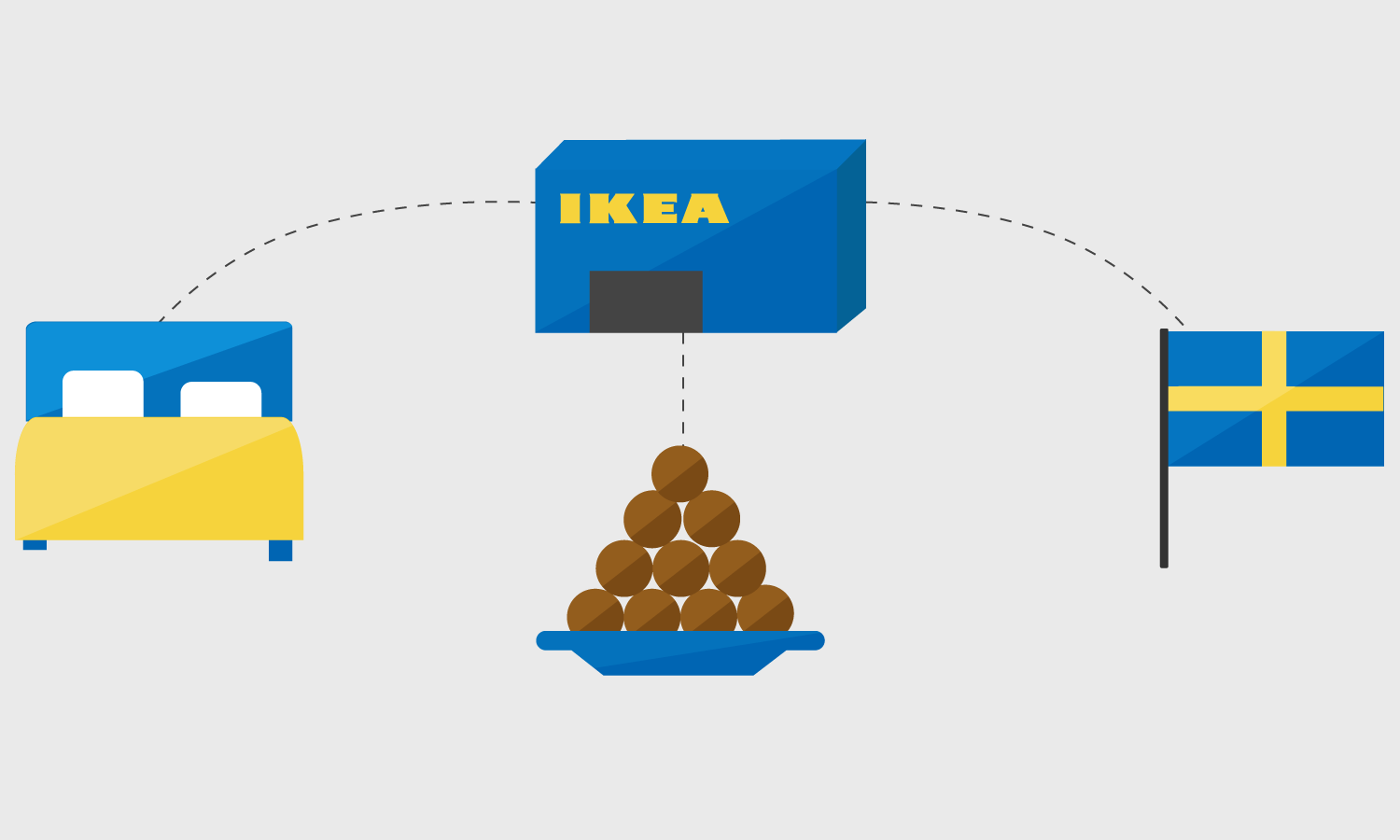Founded in Sweden in 1943, IKEA has since become a household name, filling these households with their products. As of 2017, there are 411 IKEA locations in 49 countries. Carrying 9500 products in their range, most of these are produced in Europe. As you can tell, coordination is vital to operations. So, what differentiates IKEA inventory from the rest? Here’s three strategies IKEA uses that you can adapt to your own firm:
Cost-Per-Touch
The idea of cost-per-touch is simple: the more hands that touch a product in the supply chain, the higher the cost. In other words, more touches means more steps. By using their retail locations for warehousing, IKEA reduces the touches and cost. Instead, IKEA customers pick and take home the furniture instead. This warehouse is easy for customers to navigate and serve themselves.
As a result, IKEA saves on shipping, delivery, etc. Other competitors may have to load, transport, and deliver the product. IKEA on the other hand, does none of this. Customers select their items, pick them up in the warehouse, and go home. Thus, the competitors’ inventory costs will be higher. This is what helps IKEA maintain the low prices they are known for.
Max/Min Replenishment
IKEA locations have an in-store logistics manager. Using the inventory system, the manager can view their store’s levels. This system uses store-level reorder points. Since stores may differ in selling patterns, this maintains inventory levels. Max/min levels, unique to each store, help keep optimum stock. For IKEA, these levels are usually set by the stock needed for one day.
This system can also help catch any deviation. For example, let’s say that IKEA’s BILLY bookcase has been selling much slower than expected. What does IKEA do? In this case, an employee can manually check and confirm the stock of the bookcase. How much time do you spend cycle counting? Well, IKEA only needs to cycle count if the system catches a discrepancy. Instead, employees can spend time on other value-adding activities. Through this inventory system, employees can use forecasting to aid in their activities.
High-Flow/Low-Flow
The facilities at your local IKEA are either high-flow or low-flow. High-flow refers to the 20% of SKUS that make up 80% of the IKEA inventory volume. These products sell quickly, are easily accessible for self service, and use inventory tracking. If you don’t need help from an employee to move items, that saves them time. Automatic storage decreases costs and cost-per-touch. If items at your local IKEA are easy to find and grab, chances are they’re high-flow.
In contrast, low-flow refers to items that are slower to sell. Thus, these items don’t get as much movement. This relates back to cost-per-touch. If employees are often moving low-flow items, this drives up costs. For low-flow items, manual processes are used since there is less movement.Through the use of an inventory system, IKEA uses labour effectively. By having products in the right place, IKEA employees don’t need to waste time on these activities.
In conclusion, IKEA has shown how inventory management pays off. Their system reduces costs, aids replenishment, and increases efficiency. Perhaps their exact strategies are not applicable to your firm. But, you can see how you can benefit from the use of an inventory system.



